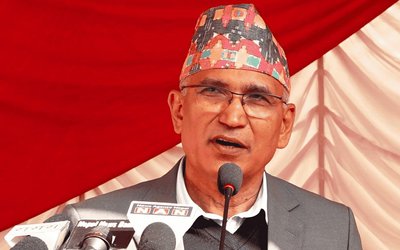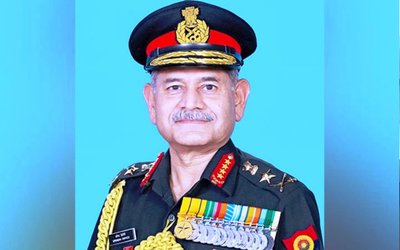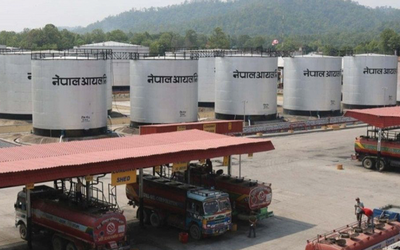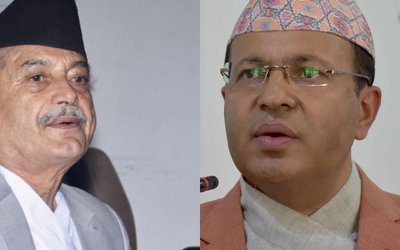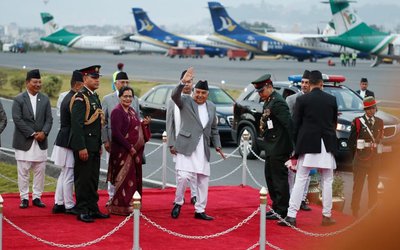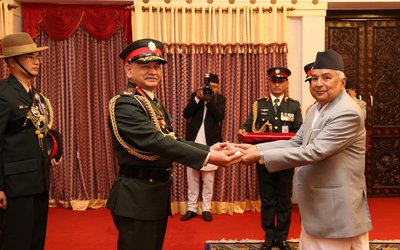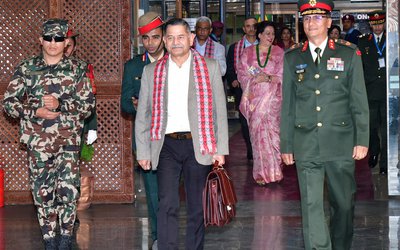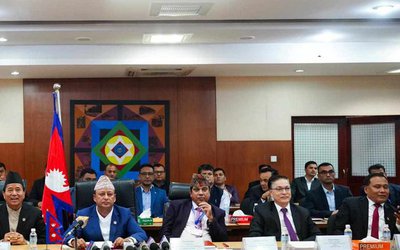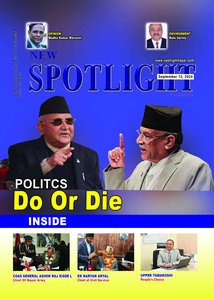The Constituent Assembly (CA), elected for the first time in Nepal, has collapsed without accomplishing its primary task of writing the constitution. Its dissolution was certainly beyond any consolation for the Nepalese people, whose dream to get the constitution was dashed for the moment. The donor countries and organizations, which contributed a large amount of economic and technical support for constitution writing and peace process in Nepal were also worried about the situation.
During the 4 years, the CA, with 601 members in it, spent Nine Hundred Millions of Nepalese Rupees, holding 122 meetings, except the thematic committees' meetings. Among the 11 thematic committees; Committee on Division of Natural Resources, Financial Power and Revenue and Committee for Protection of Fundamental Rights of Minority and Marginalized had no any debate as they submitted their reports with unanimous decisions. Leaving these two committees, others had to decide by absolute majority votes after failing to find consensus. The Committee on Determination of Form of Governance had submitted its report without passing.
Similarly, the Committee for the Protection of National Interests had submitted its report earlier and the Committee for Restructuring of the State and Distributing of State Powers had taken more time to submit its reports than others. With a view to the number of convened meetings; 127 meetings as the largest number were convened by the Committee for Restructuring of the State and Distributing of State Powers and as a least number; 32 meetings were convened by the Committee for Protection of Fundamental Rights of Minority and Marginalized.
The Committee for Restructuring of the State and Distributing of State Powers and Committee on Determination of Form of Governance of the State were more debatable. At the beginning there were about 300 debates to search for consensus and, of them, 117 were still there at the eleventh hour of the 27th May. Of them, the more challenging issue was about federalism with ethnic identities. Finally, this issue proved to be the fatal weapon to slay the CA.
There are 42 countries in the world writing the constitution through the CA. If we study them, in places where the political leaders were unanimous in core national interests and committed to them, there were written constitutions being written in a timely manner and without futile debates. But, where vested interests, and power cravings were in the forefront, the CA was used as a means of fulfilling them; either it took an unusually long time there or the constitution was never written. For example, in Pakistan, it took about nine years and in Kenya 20 years to write the constitution. Likewise, Indonesia and Israel could not write the constitution even though the CAs were formed there for the purpose. Now, Nepal has also followed the path of the countries that failed to write a timely constitution. Now, let us have a look at the causes of the CA’s failure.
The CA was unnecessarily bigger in size here than in other countries of the world with the history of the CA. For example, there were 490 CA members in South Africa, 229 in India, in Pakistan 66 for the first time and 80 the second time, in Ecuador 130, and in Bolivia 255 etc. Even thought the size of Nepal’s CA was big, there were more laymen and fewer experts. Laymen, who did not know their role, hampered meetings, raising unusual demands from time to time.
Likewise, the CA's 'Thematic Committees' are also responsible for not taking factual decisions that would help the CA in taking swift final decisions. For example, the recommendations for 14 provinces, 10 Constitutional Commissions and not reaching decisions about Governance and Election System were more debatable.
Whatever the practice in other countries; we should have separately split the 601 members into the CA and the Parliament. Had we done so, the CA would not have been entangled in power seeking dirty games and its time could be used properly. In Bolivia, this technique was applied. We followed the South African path without caring about the infrastructure developed there. In South Africa, before forming the CA, the providences' boundaries and their names were determined in the Interim Constitution. Similarly, the 34 basic principles of the constitution were fixed and a Constitutional Court was also constituted to scrutinize whether these principles were being followed or not. The main problems for us were provoking the Ethnic Groups by some leaders and ignoring them by others. When the issue reached a climax, leaders remained as the silent spectators till the CA died. Another problem was the informal caucus of ethnic members of the CA. They all were united in favor of ethnic provinces although they were affiliated with different political parties. They were out of their party's whips and parties were also unable to keep them under their control.
Although, the CA is no longer there now, its demand has not ended yet. For the last 60 years, the Nepalese people have wanted a constitution written by themselves so that such a Constitution would guarantee human rights, rule of law and political, socio-cultural and economic rights of all people from different castes and classes.
After the end of Rana régime in 1950, the then King Tribhuwan had declared forming a CA to write the constitution. After a few years, he died and his successor King Mahendra denied CA. In 30 years after that, the agitation of 1989 took place and the Multiparty Governance System was revived. Then, the demand for the CA came again from the 'Nepal Communist Party Masal' led by Mohan Bikram Singh to represent the people's will. The demand was ignored again and a few people wrote 'The Constitution of the Kingdom of Nepal 1990’. This Constitution also could not get the ownership of all the people. Then again the popular agitation occurred in 2005 and it swept the King out of his regime and the Country got the Republic. Then the CA was formed.
Now to conceive of another CA election in the future, there are so many doubts, suspicions, uncertainties and constitutional crises that might create a series of debates starting all over again.
- PM Oli's Visit To China: Geopolitical Implications
- Nov 19, 2024
- NEA: Kul Man Ghising, A Cool Man
- Oct 28, 2024
- DASHAIN FESTIVAL : Festival of Unity
- Oct 04, 2024
- NEPAL-CANADA Bilateral Meeting
- Oct 04, 2024
- MIDDLE BHOTEKOSHI: Final Stage
- Sep 23, 2024

